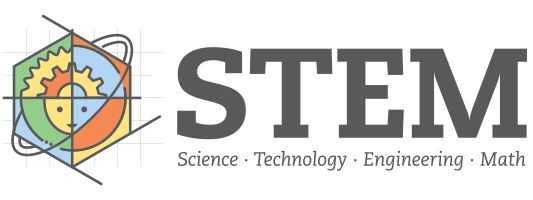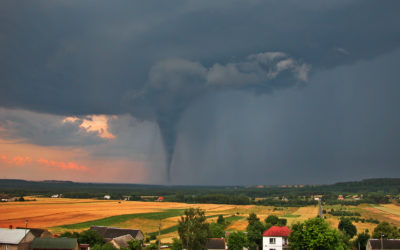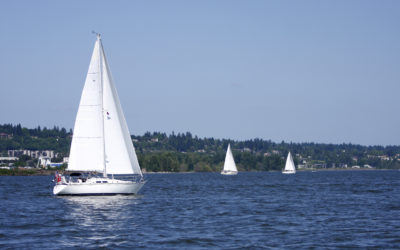Middle School STEM Instructional Materials
Our work in developing open educational resources for NGSS began in 2016 by bringing together middle school science and STEM teachers from across the 30 districts served by ESD112. This group developed, reviewed and adapted potential OER materials using the EQuIP rubric to support bundles of performance expectations and collaborated on integrating OER into existing STEM kits that the ESD STEM Center provides regionally. These original storylines are designed with a driving question and phenomenon, and built around project-based learning as the instructional method.
What can we do in our community to preserve honey bee populations?
This Middle School OER Unit presents two MS NGSS Life Science topic bundles using the context of Bee Colony Collapse Disorder as an anchoring phenomenon.
How can we use solar energy to improve the lives of people living “off-the-grid” in Kenya?
This unit explores the NGSS Middle School bundle for Engineering Design (MS-ETS1-1, MS-ETS1-2, MS-ETS1-3, MS-ETS1-4) by engaging students in a Project-Based engineering task where students develop and apply their understanding of solar energy to create a solar device which can generate electricity for people who have lost power due to a natural disaster.
Tornado Alley!
This unit explores Performance Expectations MS-ESS2-5 and MS-ESS2-6 to engage students in constructing an explanation through modeling and analyzing data for why so many tornados occur in the United States, and specifically ‘Tornado Alley!
Is my Local Stream a Healthy Habitat?
This unit explores Performance Expectations MS- LS2-4, LS2-5 by having students collect local ecosystems data with a variety of computational tools: pH sensors, turbidity, oxygen levels and temperature – and to develop a presentation to communicate how and why their stream is a healthy habitat, or not!
Is the Pacific Northwest a Safe Place to Live?
This unit explores Performance Expectations MS- ESS3-2, ESS2-3 and ETS1-4 by engaging students in Project-Based learning to develop a community presentation that examines whether your community is ready to respond to a major tectonic event.
How can we harness the wind to create reliable energy source?
This unit engages students in designing solutions to transform the wind into usable energy. Students experience instruction to support Performance Expectations MS-PS2-1, PS2-2, PS3-1, PS3-5 and ETS1-4.






